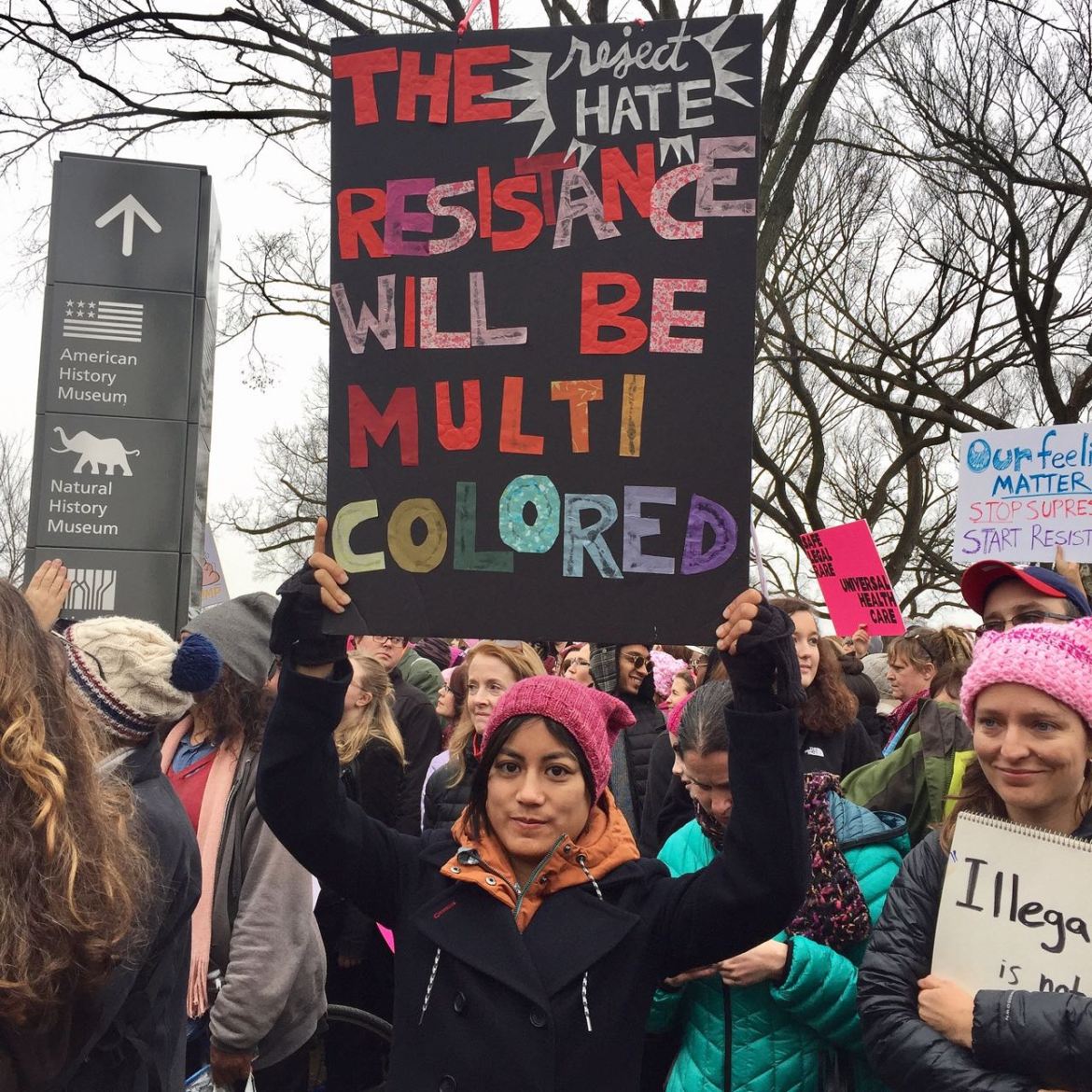Trump's China Tariffs: A Case Study In Economic Backlash

Table of Contents
The Rationale Behind Trump's China Tariffs
The Trump administration justified its imposition of tariffs on several key grounds.
Addressing the Trade Deficit
A massive US trade deficit with China had been a long-standing point of contention. The argument was that tariffs would reduce this deficit by making Chinese imports more expensive and thus less competitive in the US market.
- Before Tariffs (2017): The US trade deficit with China was approximately $375 billion.
- After Tariffs (2019): While tariffs were in place, the deficit remained substantial, albeit with some fluctuation. The deficit did not decrease significantly, suggesting that tariffs alone were not effective in drastically reducing it. Other factors, such as global economic conditions and exchange rates, also played significant roles.
The tariffs were largely implemented under Section 301 of the Trade Act of 1974, which allows the US Trade Representative to investigate and take action against foreign trade practices deemed unfair or unreasonable.
Intellectual Property Theft and Forced Technology Transfer
The Trump administration levied accusations of widespread intellectual property theft and forced technology transfer by Chinese companies. This alleged unfair competition was presented as a major justification for the tariffs.
- Examples: Accusations included the forced sharing of technology by US firms operating in China, the theft of trade secrets, and the counterfeiting of US products. Specific industries impacted included technology, pharmaceuticals, and manufacturing.
- Reports and Articles: Numerous reports from organizations like the US Trade Representative and the US Chamber of Commerce documented these concerns, though the extent of the problem and the effectiveness of tariffs in addressing it remain debated.
National Security Concerns
The administration also argued that tariffs were necessary to protect US national security interests, particularly in strategically important sectors.
- Critical Industries: Technologies related to 5G, artificial intelligence, and semiconductors were identified as crucial for national security, and the administration viewed China's technological ambitions as a threat.
- China's Technological Ambitions: China's "Made in China 2025" initiative, aimed at achieving technological self-reliance, fueled concerns in the US about its long-term economic and military competitiveness.
Economic Consequences of the Tariffs
The Trump-era China tariffs had far-reaching economic consequences, both intended and unintended.
Impact on US Businesses and Consumers
The tariffs led to increased prices for many imported goods, impacting both businesses and consumers.
- Price Increases: Tariffs directly increased the cost of numerous consumer goods, from furniture and clothing to electronics and agricultural products.
- Impact on Specific Industries: Industries heavily reliant on imported Chinese goods, such as agriculture (soybeans), manufacturing, and retail, faced significant challenges. Some businesses experienced job losses and closures.
Retaliatory Tariffs from China
China responded to the US tariffs with its own retaliatory measures, impacting US exports.
- Retaliatory Tariffs: China imposed tariffs on a wide range of US goods, including agricultural products like soybeans and pork. This significantly hurt American farmers and related businesses.
- Supply Chain Disruptions: The trade war also disrupted global supply chains, creating uncertainty and added costs for businesses worldwide.
Global Economic Slowdown
The US-China trade war contributed to a global economic slowdown.
- Reduced Global Growth: The uncertainty created by the escalating tariffs dampened investor confidence and reduced global trade, negatively impacting economic growth worldwide.
- Interconnectedness of Economies: The interconnected nature of global economies meant that the trade war's effects were not limited to the US and China; countries across the globe experienced negative consequences.
Assessing the Effectiveness of Trump's China Tariffs
Did the Trump administration's tariffs achieve their stated objectives? The answer is complex and nuanced.
Did the Tariffs Achieve Their Intended Goals?
While some argue that the tariffs forced concessions from China on some trade issues, the overall assessment is mixed.
- Positive Outcomes: Some argue that the tariffs spurred some negotiations with China, leading to a "Phase One" trade deal. Others claim that the tariffs did put some pressure on China to address some of the alleged unfair trade practices.
- Negative Outcomes: The economic backlash, in the form of higher prices, reduced competitiveness, and global economic slowdown, arguably outweighs any perceived gains. The trade deficit remained a significant issue, despite the tariffs.
Alternative Approaches to Addressing Trade Imbalances
A range of alternative strategies could have been employed to address trade imbalances with China.
- Bilateral Negotiations: More focused negotiations could have addressed specific concerns without the broad application of tariffs.
- WTO Dispute Settlements: Utilizing the World Trade Organization's dispute settlement mechanism could have offered a more rules-based approach.
- Investment Agreements: Strengthening investment agreements could promote fairer trade and greater economic cooperation.
Each of these approaches has strengths and weaknesses, but they all offer potentially less disruptive alternatives to a large-scale trade war.
Conclusion
Trump's China tariffs represent a complex and controversial case study in international trade policy. While aimed at addressing legitimate concerns about trade imbalances, intellectual property theft, and national security, the resulting economic backlash was significant and widespread. Higher prices for consumers, retaliatory tariffs from China, and global economic slowdown cast doubt on the overall effectiveness of this approach. The legacy of these tariffs highlights the need for a more nuanced and multilateral approach to resolving trade disputes. Further research into the long-term impacts of these tariffs is vital to avoid repeating similar economic backlash in future trade disputes. Continue the conversation by researching more about the lasting effects of Trump's China tariffs and the alternative approaches to resolving trade imbalances.

Featured Posts
-
 Solid State Power Bank Is Kuxius Premium Design Worth The Price
Apr 29, 2025
Solid State Power Bank Is Kuxius Premium Design Worth The Price
Apr 29, 2025 -
 Capital Summertime Ball 2025 Tickets Your Complete Guide For Braintree And Witham
Apr 29, 2025
Capital Summertime Ball 2025 Tickets Your Complete Guide For Braintree And Witham
Apr 29, 2025 -
 20 000 March For Trans Rights A Show Of Solidarity
Apr 29, 2025
20 000 March For Trans Rights A Show Of Solidarity
Apr 29, 2025 -
 The Impact Of Adhd On Driving Research Safety And Support
Apr 29, 2025
The Impact Of Adhd On Driving Research Safety And Support
Apr 29, 2025 -
 Kaiserslautern Vs Bayern Muenchen Champions League Begegnung
Apr 29, 2025
Kaiserslautern Vs Bayern Muenchen Champions League Begegnung
Apr 29, 2025
